Les taux d'absorption dans l'immobilier désignent le pourcentage de biens immobiliers disponibles vendus au cours d'une période donnée. Nous pouvons utiliser les taux d'absorption pour évaluer la santé du marché et estimer la durée pendant laquelle les biens resteront en stock.
Plus le taux d'absorption est élevé, plus les maisons se vendront rapidement sur le marché. Un taux d'absorption supérieur à 20 % correspond à un marché favorable aux vendeurs, tandis qu'un taux inférieur à 15 % correspond à un marché favorable aux acheteurs.
La formule pour calculer les taux d'absorption sur un marché donné est simple :
Périodes = un mois
1er septembre 2021 - 30 septembre 2021
Nombre de maisons vendues
___________________ =
Nombre total de maisons à vendre
Prenez le nombre de maisons vendues et divisez-le par le nombre de maisons disponibles. Assurez-vous que les ventes ont toutes été réalisées au cours de la même période.
Utilisons un scénario imaginaire pour illustrer cette formule. Imaginons que le nombre de maisons vendues à Miami en septembre était de 10, sur un marché qui comptait 23 maisons à vendre à Miami.
10
___ = 0,43
23
Multipliez 0,43 par 100 pour déterminer le pourcentage.
0,43 x 10 = 43 %
Nous savons maintenant que 43 % des maisons de ce marché imaginaire ont été vendues au mois de septembre.
L'inverse de cette formule nous indiquera combien de temps les propriétés resteront sur le marché. Divisez le nombre total de propriétés disponibles par le nombre de propriétés vendues (toutes au cours du mois de septembre 2021).
23
_________ = 2,3 mois
10
Dans cet exemple, il faudra 2,3 mois pour vendre le reste des maisons.
Taux d'absorption actuel du marché immobilier de Miami
Le marché immobilier de Miami a connu un taux d'absorption accéléré. En avril 2020, l'indicateur affichait plus de 30 mois de stocks dans les ventes de maisons de luxe sur la côte de Miami, mais un an plus tard, le taux d'absorption a grimpé en flèche en raison de la forte augmentation de la demande. Les stocks devaient durer seulement 2,6 mois en avril 2021 et se vendent toujours rapidement.
Les ventes de copropriétés de luxe en avril 2020 affichaient plus de 44 mois (en mai, l'estimation était de 80 mois !), mais les prévisions n'indiquent désormais que 6,5 mois.
Ainsi, même si ces mois de pandémie semblaient très effrayants, ils n'étaient que le reflet d'un marché affecté par un quasi-arrêt de l'économie mondiale causé par la pandémie.
Une fois que les gens ont pu recommencer à acheter des biens immobiliers, Miami a connu un afflux d'achats.
Il existe des précédents à une telle accélération. Par exemple, en 2009, le marché immobilier de Miami affichait un faible taux d'absorption et un stock élevé, ce qui a entraîné une baisse des prix des appartements. La baisse des prix a propulsé un marché en stagnation vers un taux d'absorption beaucoup plus élevé, ce qui a permis de vendre les biens immobiliers beaucoup plus rapidement.
Tout cela pour dire qu'il faut examiner les tendances et la situation dans son ensemble avant de tirer des conclusions sur un marché en se basant uniquement sur les taux d'absorption. Lorsque vous voyez un chiffre comme celui-ci, son pouvoir prédictif ne vaut que tant que certains facteurs restent inchangés, car les marchés réagissent. Très peu de choses restent statiques ou stagnantes pendant longtemps.

-2.png?width=500&height=205&name=MIAMI%20HOME%20SEARCH%20(2)-2.png)













